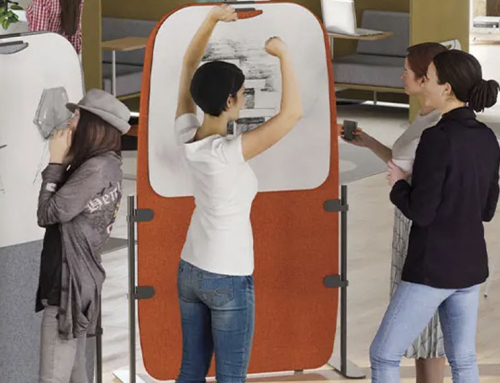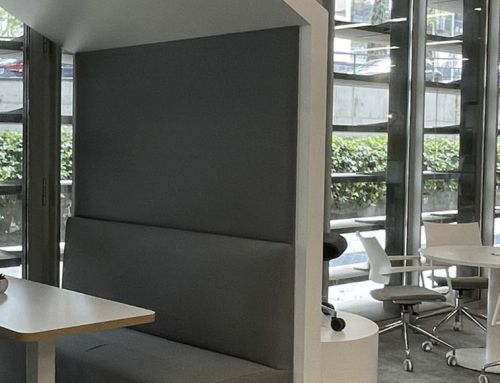30% of employees who perform office work complain of back pain and 45% report working in positions that are painful or cause fatigue. In this post we will talk about the importance of a healthy office and share some tips that will help us feel better when we work
People who use the computer intensively can also experience pain in their wrists and arms. One of its most frequent manifestations is the “carpal tunnel syndrome”, related to the repetitive movement that requires handling the keyboard.
Excessive sedentary lifestyle and bad posture, our two enemies
An inadequate design of the workspace, and its equipment, the adoption of incorrect postures and excessive sedentary lifestyle are the origin of the vast majority of these ailments.
When a person sits for a long time, the pressure on their back increases, and although at first they do not feel discomfort, after years serious problems and diseases can appear.
Ergonomic office chairs, keys in a healthy office
An ergonomic work environment that adapts to people prevents discomfort and illness, creates healthy psychological states, motivates employees and reduces absenteeism rates. In fact, a healthy workspace increases people’s productivity, by around 25%. If they feel good, they undoubtedly work better.
The ergonomic and healthy office concept refers to the sum of many factors, from air quality to the correct distribution of spaces or acoustics, among others.
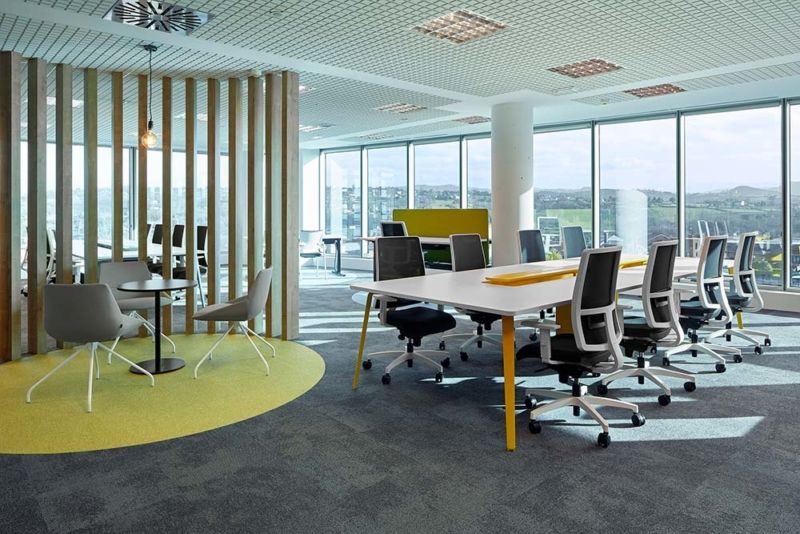
A workspace for each role
Each space must meet a series of requirements. The first: that it adapts to the activity for which it has been designed, taking into account a series of parameters: the number of users; what technology do they need; if they are going to collaborate with others or the work is concentrated …
The second basic requirement of the workstations is that they equip it with ergonomic furniture. When this is not the case, common pathologies arise in an office, mainly back pain, neck pain and headache.
A good ergonomic office chair, the great ally of our health
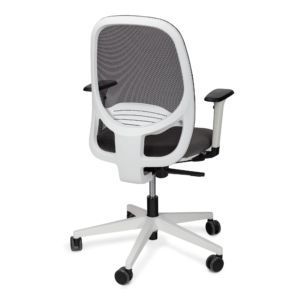
This design is especially important in the case of chairs, responsible for a large part of muscle discomfort.
For the chair to be healthy, its design must respond to ergonomic criteria and not just purely aesthetic ones, so that the user finds the support they need in the seat to maintain a correct and comfortable posture. In addition to adapting to the physical complexion of its users, the chair has to favor their activity, which will allow them to adopt the correct posture at all times.
For this reason, for an office chair to be healthy it must respect the normal curvatures of the back and must adapt to the person, which is why it must be adjustable.
Tips to “be okay” in a healthy office
It is the responsibility of companies to provide their staff with healthy work spaces. From there, each of us can do a lot to take care of our health.
From Ofita, we recommend:
- When sitting in the office chair, we must adopt a correct posture and from there we will keep in active movement.
- Be careful when sitting down and getting up from your chair. We must sit in control, without collapsing. While we are sitting we must keep our back straight and sit as far back as possible in the chair, supporting the spine on the backrest.
- To get up, we have to support ourselves with our arms on the armrests or on our thighs or knees and, in any case, keep our back straight or slightly arched back, not bent, while we get up.
- Seated we must avoid partial turns. The right thing to do is to turn your whole body at the same time.
- It is recommended to change positions frequently, vary tasks and get up from time to time.
- A height-adjustable table is highly recommended to alternate standing with seated work during the day.
- It is important to organize our table, placing the most frequently used items so that you can easily reach them.
- Stretching in and out of the office will help us reduce fatigue and improve our circulation.
- Looking up and focusing on a distant point will help us to rest. It is also good to close your eyes with the help of the palms of your hands, but without pressing.
- For wrist and finger pain, a good exercise is to wash your hands with cold water often. This improves circulation and relieves discomfort.
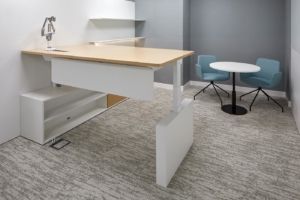
- To avoid back pain, it is advisable to take 2-minute micro breaks every 45 minutes, executing stretches of the arms, legs and spine. Short, regular breaks are more beneficial than shorter, shorter breaks.
- From time to time, it is also good to alternately stretch and bend the legs and work by varying the posture of the forearms.
- It is important not to use the work chair in the position it was delivered to us. We have to adjust the height of the seat, its inclination … and how many adjustments the chair and work table allow.
- Try to alternate the use of the mouse with right and left hands indistinctly, so as not to overload one side of our back more than the other.
- Perform breathing exercises. We inhale deeply through our noses. We hold the air for three seconds. Then we breathe out slowly through our mouths: eight short breaths followed by a long one.
- Surrounding ourselves with a plant and objects that add touches of color to our workplace will fill us with positive energy.
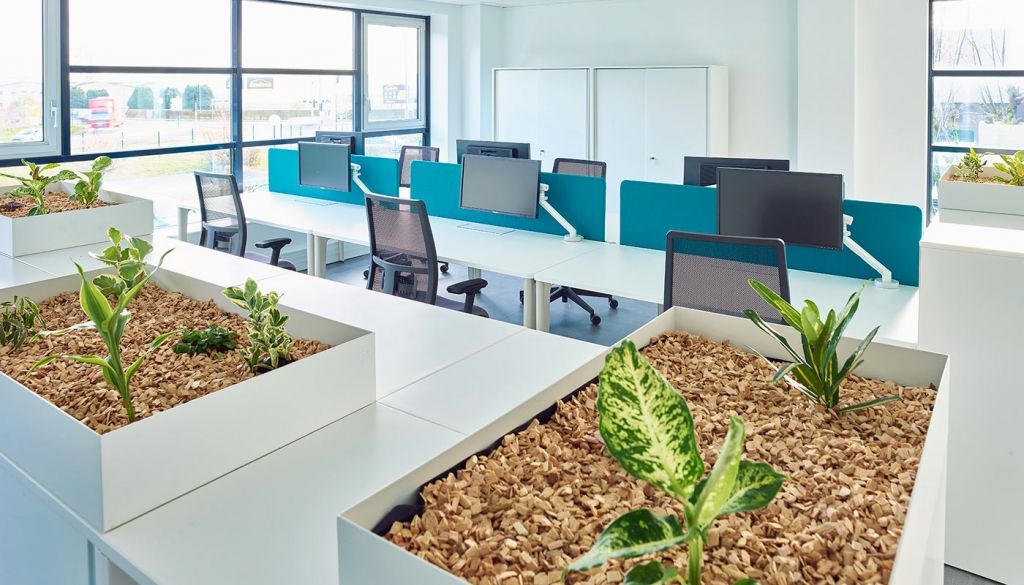
- To exercise the focal muscles, it is good to look at nearby objects (about ten centimeters) and distant objects (more than 6 meters) through the window, paying attention to the details.
- For the office to be healthy, as well as ergonomic, it must respect the Environment. If the workspace is sick, the people who work in it will feel bad too. Therefore, “let’s be green” at the office; We will feel much better and we will make it easier for our colleagues to feel better too.
- Use each space in the office for its intended purpose.
- Use the spaces thinking about others as well. Talk on the phone in the spaces provided for it, leave the rooms in order, as you would like to find them …

